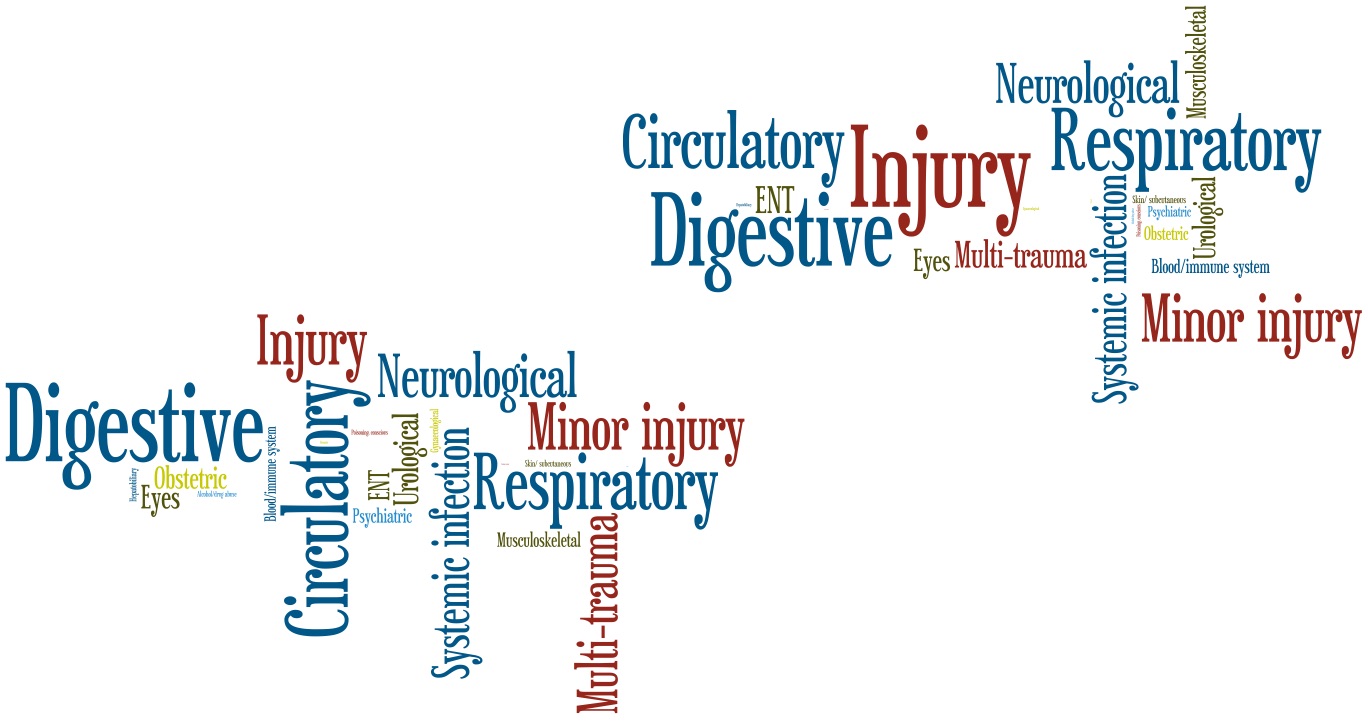A 2015 alcohol screening pilot project undertaken at South West Healthcare Emergency Department has contributed to the awarding of a $1.5M research grant.
The Federal Government’s National Health and Medical Research Council (NHMRC) has announced South West Healthcare is part of a winning consortium to deliver the Driving Change: Using Emergency Department Data To Reduce Alcohol-related Harm pilot to emergency departments throughout Australia. SWH’s share of the funding will be approximately $100,000 over five years.
The NMHRC is Australia’s leading expert body for supporting health and medical research; developing health advice for the Australian community, health professionals and governments; and providing advice on ethical behaviour on health care and in the conduct of health and medical research. Becoming the recipient of an NMHRC grant is incredibly prestigious.
Joining SWH, the winning consortium includes Deakin’s Centre for Social and Early Emotional Development (SEED), Vincent’s Hospital Australia (Melbourne and Sydney), the Australasian College for Emergency Medicine, Australian National University, Barwon Health, Calvary Health Care ACT, Monash Health, University of New South Wales, and Cardiff University.
SEED’S Professor Peter Miller will lead the five-year project based on an international model that has shown to substantially reduce violent crimes, street assaults and hospital admissions related to alcohol. Building on the international evidence and pilot data gathered from Warrnambool and other Australian emergency department sites last year, he will oversee and evaluate an intervention that aims to reduce alcohol-related injury in the community through a randomised trial in eight emergency departments in Victoria, NSW and the ACT. A key aspect will be the introduction of mandatory ’last-drinks’ data collection within existing hospital IT systems that identifies areas of problem drinking.
‘Driving Change: Using Emergency Department Data to Reduce Alcohol-related Harm has the potential to improve the wellbeing of Australians,’ says the Director of the Centre for Rural Emergency Medicine’s Dr Tim Baker, who was heavily involved in last year’s pilot.
‘We are keen to continue to be involved so that the needs of rural patients and their families are considered, as well. Reducing the impact of alcohol and other drugs is our emergency department’s number one public health priority. Our share of the grant will allow a researcher to gather the information we need to find out what approach works best.’
According to the Australian Institute of Health and Welfare, over the past decade the number (from 40,000 – 60,000+) and rate (from about 200 – 270 hospitalisations per 100,000) of alcohol-related hospitalisations have risen annually.
SWH’s 2015 research highlighted the growing problem of ‘pre-loading’ – drinkers consuming vast amounts of (cheaper) alcohol at home before heading out to a licensed venue. The eight-month study asked people presenting with injuries at the Emergency Department whether they’d consumed alcohol in the 12 hour lead-up to their injury, and where they’d bought the alcohol they had at home before heading out for a night on the town.
The research also revealed Warrnambool’s May Racing Carnival is the peak time for alcohol-related injuries.

